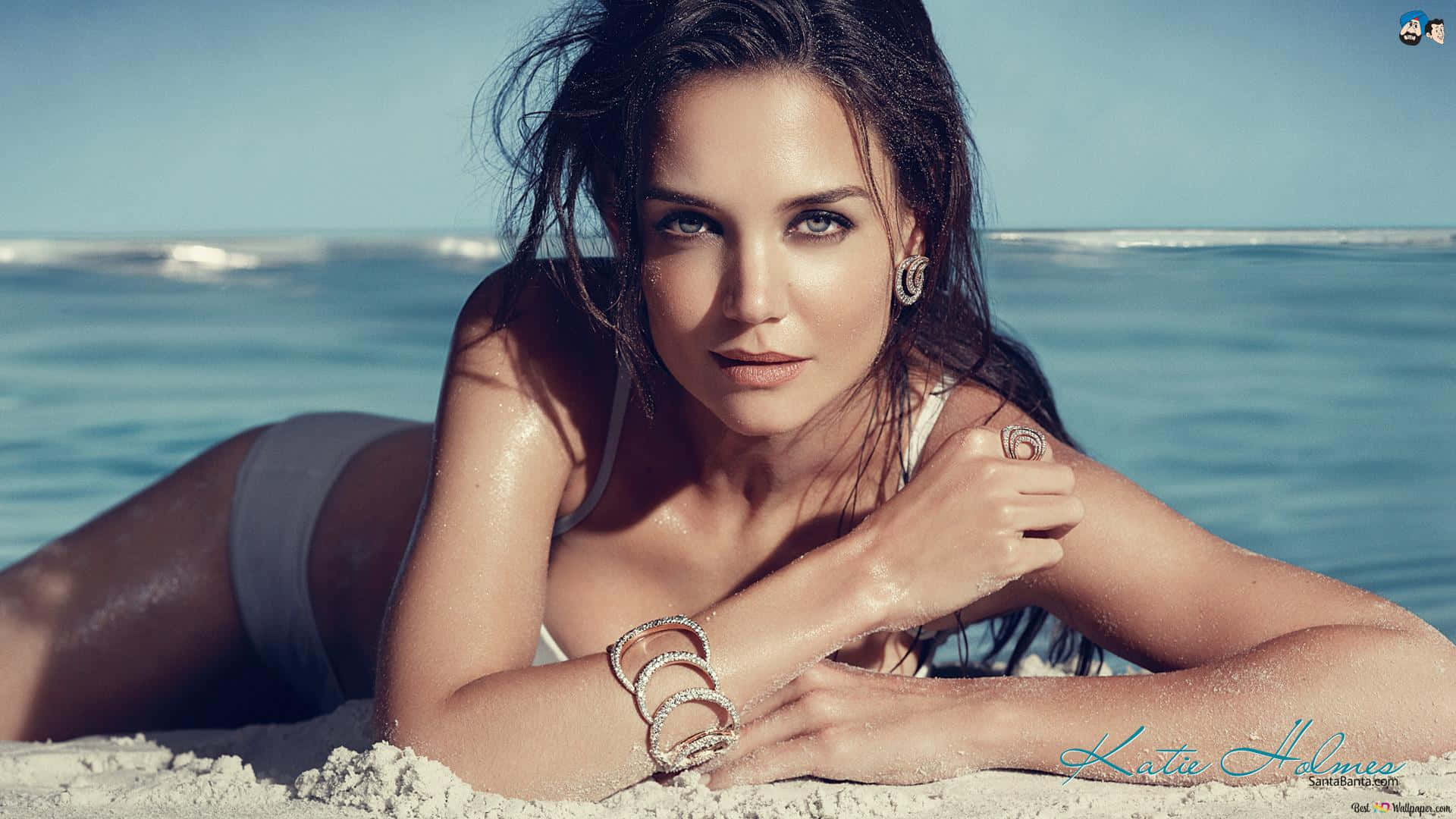Grace Kelly: The Eternal Emblem of Timeless Elegance

In an era where fashion trends evolve overnight, certain icons endure. Among them, one name remains etched into the fabric of style history: Grace Kelly. Her influence transcends generations, serving as the gold standard of timeless elegance. From Hollywood royalty to real-life princess, Grace Kelly’s legacy in fashion continues to define sophistication and restraint, making her a benchmark for those who believe style should whisper rather than shout.
This article revisits the elements that made Grace Kelly’s fashion sensibility not only legendary but enduring—decades after her final public appearance.
The Origins of Regal Simplicity
Grace Kelly’s rise to fame began in the early 1950s as a celebrated actress under MGM studios. However, her on-screen roles were only a glimpse of her poised persona. Even before her marriage to Prince Rainier III of Monaco in 1956, Kelly captivated the world with a fashion sense rooted in clean lines, neutral tones, and impeccable tailoring.
Her aesthetic was the antithesis of Hollywood flash. Where others chose sequins and volume, Kelly gravitated towards structure and subtlety. Whether in a simple silk blouse or a satin evening gown, her choices embodied quiet power and innate grace.
The Wedding Dress That Changed Bridal Fashion
Perhaps the most iconic moment in her fashion journey came with her wedding to Prince Rainier. Designed by Helen Rose, a costume designer at MGM, the gown featured delicate lace, hand-sewn pearls, and a timeless silhouette that has inspired generations of brides, including Catherine, Princess of Wales.
The dress set a precedent—not only in bridal fashion but also in how royalty and Hollywood could merge through elegance. It was not ostentatious; it was divine in detail and flawless in execution.
Signature Pieces: More Than Just Clothes
Grace Kelly’s wardrobe was built around a handful of signature pieces that still resonate with luxury designers today. These included:
-
The Hermès Kelly Bag: Originally called the Sac à dépêches, it was renamed in her honor after she used it to shield her pregnancy from paparazzi. Today, the Kelly Bag remains one of the most coveted and timeless accessories in the world.
-
Pearl Earrings: Often seen wearing simple pearl studs or drop earrings, Kelly understood the power of restraint. Her pearls became synonymous with quiet luxury.
-
Chiffon Scarves and Sunglasses: In off-duty moments, she wore her hair tucked under pastel scarves with oversized frames—effortlessly chic, even while boating or on vacation.
-
Tea-Length Dresses and Nipped Waists: Her silhouette rarely changed. Feminine yet modest, it highlighted her posture and composure rather than revealing skin.
Each piece was chosen not for momentary impact, but for eternal value.
Film to Fashion: Style on Screen
Kelly’s film roles further solidified her style status. In Alfred Hitchcock’s Rear Window (1954), her character Lisa Fremont wore costumes designed by Edith Head that have since become case studies in costume design and luxury fashion.
The green floral dress, the black-and-white off-shoulder gown, the crisp daywear—all offered a glimpse into how wardrobe could elevate a performance without overpowering it. They also served as templates for designers across the world who drew inspiration from her cinematic wardrobe.
Influence on Modern Fashion
Designers and fashion houses continue to reference Grace Kelly in their collections. Dior, Carolina Herrera, Oscar de la Renta, and Ralph Lauren frequently incorporate clean silhouettes, structured tailoring, and classic femininity that reflect her style legacy.
The Princess of Monaco also paved the way for the concept of the fashion diplomat—someone who uses wardrobe as a subtle tool of international presence. Long before social media, she understood the language of elegance and how to speak through simplicity.
Minimalism as Statement
In a world obsessed with maximalism, Grace Kelly’s minimalism remains a refreshing anomaly. Her outfits rarely relied on trends or excessive ornamentation. Instead, they emphasized fit, fabric, and form.
She was among the first to prove that elegance isn’t about being seen—it’s about being remembered. That philosophy now fuels the quiet luxury movement of the 2020s, making her a timeless muse even in today’s hyper-digital age.
The Enduring Legacy
More than four decades after her untimely passing, Grace Kelly’s name still evokes admiration. Museums around the world have curated exhibitions dedicated to her wardrobe. Luxury publications reference her in every editorial on classic fashion. New generations discover her through black-and-white photographs, only to find a style story that feels surprisingly modern.
Her legacy lies not just in her beauty or titles, but in how she carried herself. She showed that true elegance is a combination of grace, intelligence, and discretion—qualities that never go out of style.
Conclusion: An Ideal, Not Just an Icon
Grace Kelly remains more than a memory; she is an ideal. Her influence isn’t rooted in nostalgia, but in a philosophy of dressing that speaks to permanence over popularity. She taught the world that elegance is not about being the loudest in the room—it’s about being the most quietly compelling.
In the shifting landscape of fashion, where trends flicker and fade, Grace Kelly stands still, serene, and eternally relevant.











